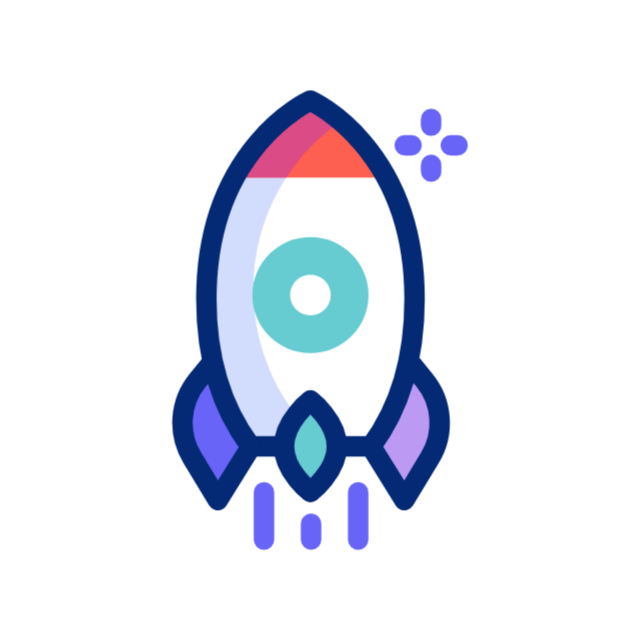Comparing Microsoft’s Agent Framework and OpenAI’s Agent Kit: Which AI Agent Platform Fits Your Needs?
You try AI projects. AI agents do more than chat. They act on tasks, link steps, and run jobs. Major platforms use different methods. You must pick one that suits you. Microsoft launched an open-source Agent Framework for developers who code. OpenAI made Agent Kit, a hosted, visual tool for quick tests and simple rollout.
Here is a clear guide that shows the differences, strengths, and ways each platform works. It also gives tips to pick one that fits your aims and work style.
What Is an AI Agent, Really?
Unlike old chatbots that only reply to questions, AI agents work on their own. They search, plan, and act. Their key parts are:
- They work on tasks: setting appointments, sending emails, or updating records.
- They use outside tools: linking to APIs, email systems, calendars, and data banks.
- They remember past talks and actions to guide the next step.
- They work with other agents: one may search while another writes or checks facts.
In short, these agents do more than talk; they get work done.
Microsoft Agent Framework: Power and Flexibility for Developers
Core Strengths:
- An open-source SDK and runtime in Python and .NET.
- Handles many agents at once, so agents work together.
- Works with VS Code and Azure so you can build, test, and fix your agents in one place.
- The self-hosted engine gives you full control on data and safety.
- Lets you swap models and tools with ease and without ties to one vendor.
How It Works:
You write Python code to set up agents and join them with tools. The engine runs steps one by one or in group chats among agents. One agent reads articles, one sums up the notes, and one checks the facts.
Ideal For:
- Developers who can code and set up systems.
- Businesses that need many choices and full control, especially for hard jobs.
- Teams that want not to depend on a hosted service and keep data private.
Trade-Offs:
- The learning path is long; you must know code, control, and setup.
- You must care for safety, rights, and rollout on your own.
OpenAI Agent Kit: Speed and Simplicity for Product Teams
Core Strengths:
- A visual drag-and-drop tool that lets non-coders build agents fast.
- A hosted service that handles all system tasks.
- Comes with ready-made links for tools like Gmail, Google Calendar, Slack, and databases.
- Provides a simple chat toolkit to embed agents in apps with little code.
- Supports fast tests and fast delivery with a clear cycle of build, test, and roll out.
How It Works:
You build agents by dragging connectors and setting prompts in a visual screen. For example, an agent can read emails, plan meetings, or answer from an internal bank. When set, you add the agent with a few lines of code.
Ideal For:
- Teams and startups looking for fast tests and fixes without building all the backend.
- Apps that need agents built into them right away.
- Groups that value fast use and ease over deep system control.
Trade-Offs:
- You get less under-the-hood choice than an open-source tool.
- Your data and work run on OpenAI’s system.
- There may be recurring fees for managed services and links.
Security Considerations for Both Platforms
AI agents touch sensitive tools and data. This makes safety very important.
- Connectors like email or calendar links can widen risk. Manage each right.
- API calls made by agents need tight limits, error tests, and safe zones to stop loss.
- Data moves and stores must use locks and audits to follow rules and stop breaches.
Microsoft’s framework lets you hold your own hosting, rights, and logs. This means you must look after all safety parts. OpenAI’s tool has set limits and watch systems. But you give up some control.
Good tasks for sound use on either platform are:
- Grant the lowest needed rights on each connector.
- Keep logs of agent work in detail.
- Test code in safe zones.
- Set firm limits on all API calls.
Use Cases to Match Your Goals
| Use Case | Microsoft Agent Framework | OpenAI Agent Kit |
|---|---|---|
| Many agents working with hard task flows | Good for agents that share work and join steps | Not built for groups of many agents |
| Enterprise jobs with sensitive data control | Best if you host yourself and set your own safety | Less control; best for work with low-risk data |
| Fast tests and embedding AI helpers | Needs more work and code | The drag-and-drop tool speeds the start |
| Apps that need AI helpers for users | You can add custom parts but must run your own system | Easy to add with built-in links and chat tool |
| Teams that want open-source with no tied vendor | Full open-source with many settings | A hosted solution run by OpenAI |
Hybrid Approach: Best of Both Worlds
You can mix both methods if you need many agent steps and use top GPT-4 power. Microsoft’s tool can call OpenAI’s large language models as part of your agents. This mix lets you:
- Write your own agents and paths in Python.
- Use OpenAI’s GPT-4 for natural language tasks.
- Keep control by hosting with Microsoft while using OpenAI’s model skill.
Which Platform Should You Choose?
-
Pick Microsoft Agent Framework if you want:
- Full change and control on agents and paths.
- Many agents that work together.
- Your own hosting and full data control.
- To avoid a third-party system.
-
Pick OpenAI Agent Kit if you want:
- Fast, code-free agent setup with drag-and-drop tools.
- A hosted solution with ready-made links.
- Quick testing and delivery for apps or consumer tools.
- A system that works with ChatGPT and other OpenAI tools.
Both platforms now shape a world where AI agents work on their own to handle many tasks. Your pick depends on whether you need deep control or quick and easy use.
Taking the Next Step
Try Microsoft’s Agent Framework on GitHub. Follow the quick start guides with Azure to see how agents work in teams. Or try OpenAI’s Agent Kit and visual tool to build your agent in hours.
When you are set to boost AI in your work, join groups and programs that share steps and real examples to save work and time. The pace of AI keeps on growing. Picking the right platform now may save you weeks or months later. Whether you build a hard automation engine or a fresh AI product, these tools help you start with smart, self-running agents.


